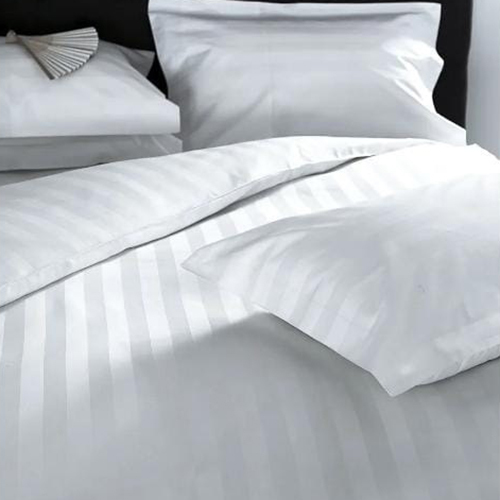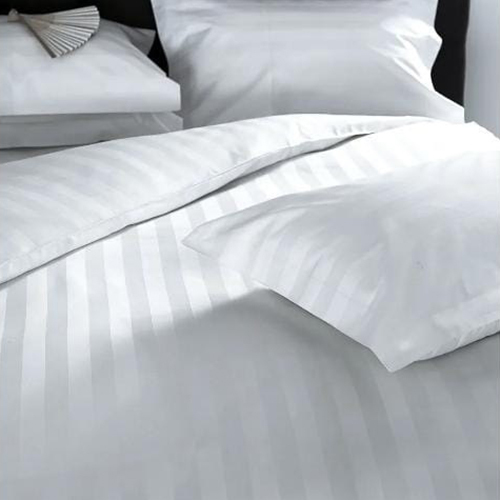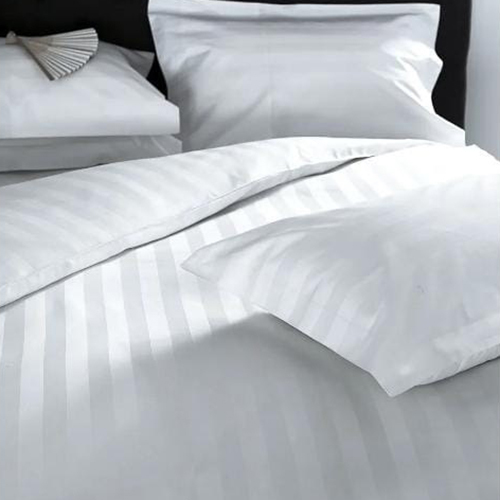Shirting Fabrics
Price 106.0 INR/ Meter
Shirting Fabrics Specification
- Fabric Type
- cotton
- Width
- 44 Inch (in)
- Material
- cotton
- Length
- 50 Meter (m)
Shirting Fabrics Trade Information
- Minimum Order Quantity
- 500 Meter
- Payment Terms
- Cash Advance (CA)
- Supply Ability
- 1000 Per Week
- Delivery Time
- 14 Days
- Main Domestic Market
- All India
About Shirting Fabrics
Shirting fabrics are primarily used for making shirts and blouses. These fabrics are expected to be breathable, durable, comfortable against the skin, and suitable for year-round wear. Key features often include a high thread count and a yarn-dyed construction.
Here's a look at some common types of shirting fabrics:
Cotton: A versatile natural fiber known for its softness, comfort, and breathability. Different weaves and finishes result in various types of cotton shirting fabrics:
- Poplin: A smooth, crisp, and durable plain weave fabric that is often wrinkle-resistant. It's a popular choice for both formal and casual shirts.
- Oxford: A durable fabric with a distinctive basket weave texture, offering a slightly more casual yet refined look. Pinpoint Oxford uses finer yarns and a tighter weave, making it more formal than regular Oxford cloth. Royal Oxford is a softer version with a more prominent texture.
- Broadcloth: Similar to poplin but often finer and smoother, with a slight sheen. It's a good option for professional attire.
- Twill: Recognizable by its diagonal weave, twill fabrics are soft, drape well, and tend to be more wrinkle-resistant than plain weaves. Denim is a type of twill.
- Flannel: A soft and warm fabric, usually brushed cotton, making it ideal for cooler weather.
- Chambray: A plain weave fabric using a colored warp yarn and a white weft yarn, giving it a slightly textured, denim-like appearance but lighter weight.
- Seersucker: A woven fabric, often cotton, with a puckered or crinkled texture that promotes breathability, making it excellent for warm climates. It typically doesn't require ironing.
- Herringbone: A twill weave that creates a distinctive V-shaped pattern, adding visual interest to the fabric.
- Dobby: Features small, often geometric patterns woven into the fabric, adding texture and a touch of formality.
- Egyptian Cotton & Supima Cotton: These are high-quality cottons with extra-long staple fibers, resulting in softer, stronger, and more lustrous fabrics.
Linen: A natural fiber derived from the flax plant, known for its exceptional breathability and cool feel, making it ideal for warm weather. Linen wrinkles easily but has a unique texture and becomes softer with each wash. It also possesses some natural insect-repelling and antibacterial properties.
Blends: Combining different fibers can enhance the properties of shirting fabrics:
- Cotton-Polyester: Offers a balance of cotton's comfort with polyester's durability and wrinkle resistance.
- Cotton-Linen: Blends the softness of cotton with the breathability of linen, often resulting in a fabric that wrinkles less than pure linen.
Synthetic Fabrics:
- Polyester: A durable and wrinkle-resistant option that is often used in blends to improve these properties. However, it is less breathable than natural fibers.
When choosing a shirting fabric, consider the occasion, climate, desired level of formality, and personal preferences regarding comfort and maintenance.


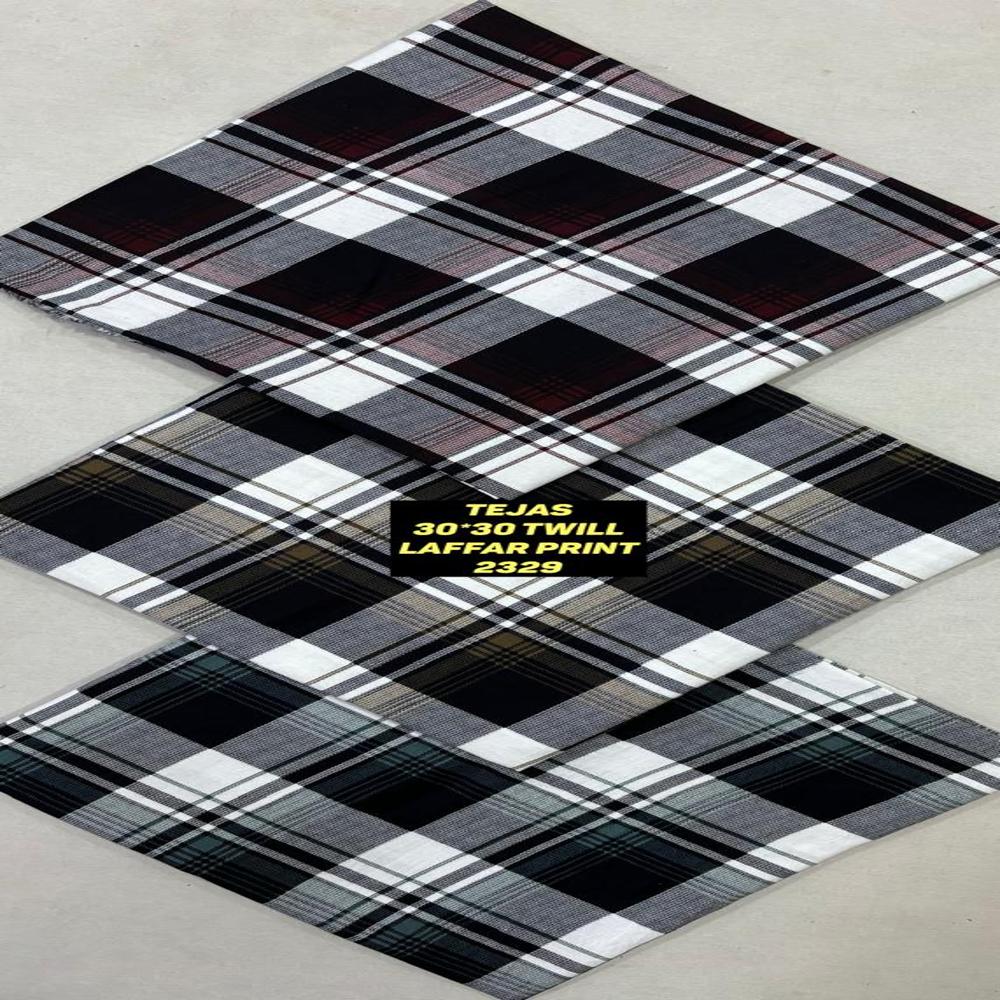
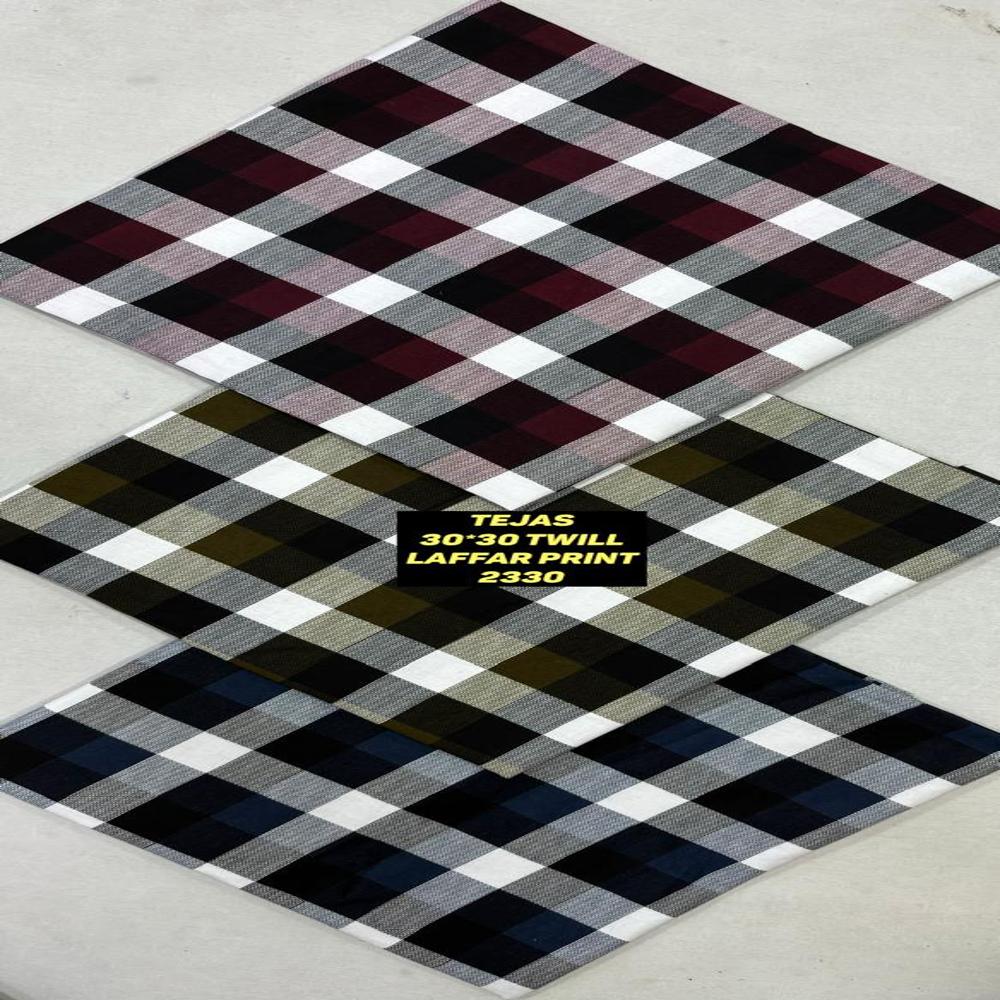

Price:
- 50
- 100
- 200
- 250
- 500
- 1000+
More Products in Cotton Sheeting Fabric Category
300 TC White Satin Stripe And White Satin Plain Fabrics
Price 195.0 INR / Meter
Minimum Order Quantity : 100
Recommended Season : All
Color : White
Fabric Type : cotton
Feature : Washable
400 TC White Satin Stripe And White Satin Plain Fabrics
Price 550 INR / Meter
Minimum Order Quantity : 100
Recommended Season : All
Color : White
Fabric Type : Satin
Feature : Light Texture
200 TC White Satin Stripe And White Satin Plain Fabrics
Price 600 INR / Meter
Minimum Order Quantity : 100
Recommended Season : All
Color : White
Fabric Type : Satin
Feature : Light Texture
 Send Inquiry
Send Inquiry
